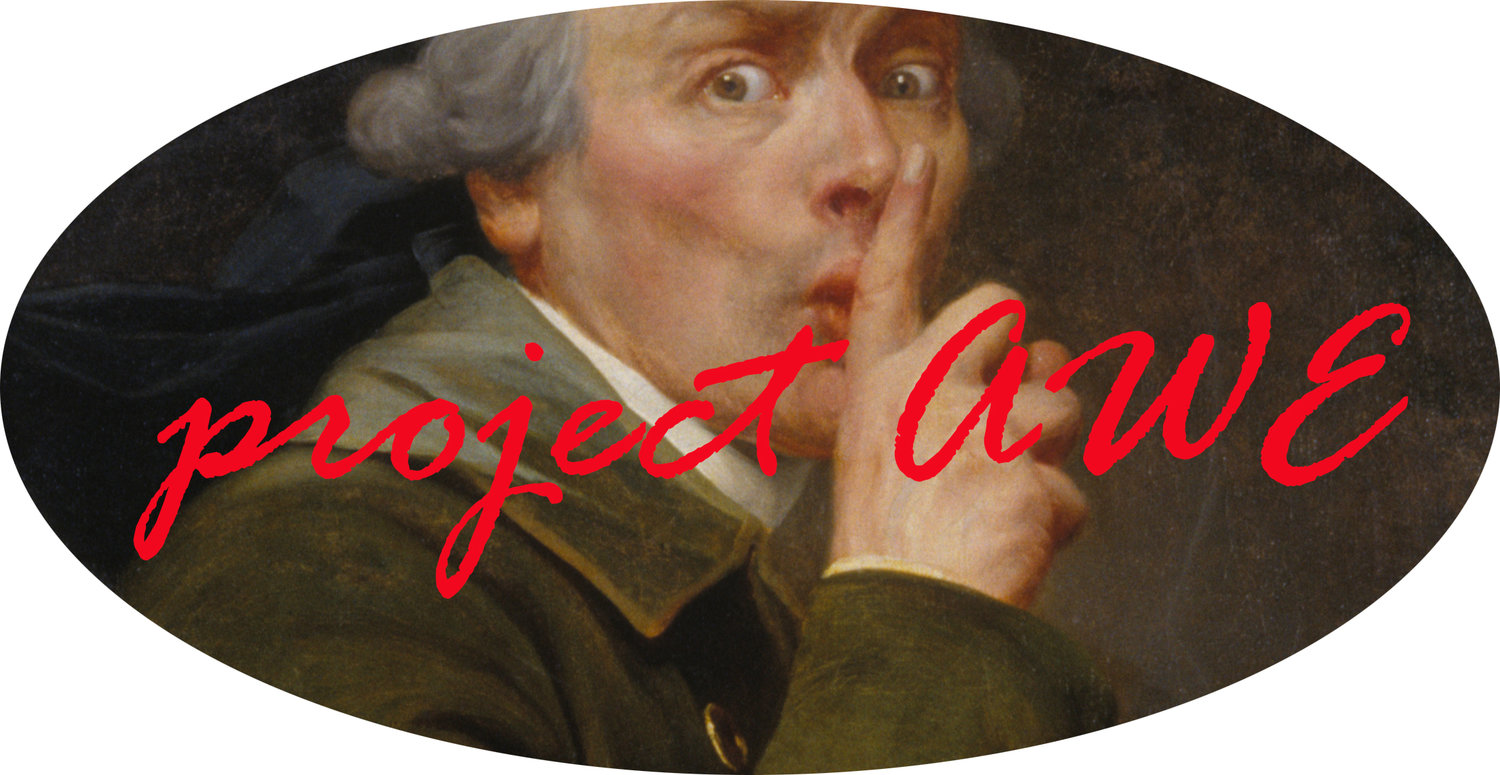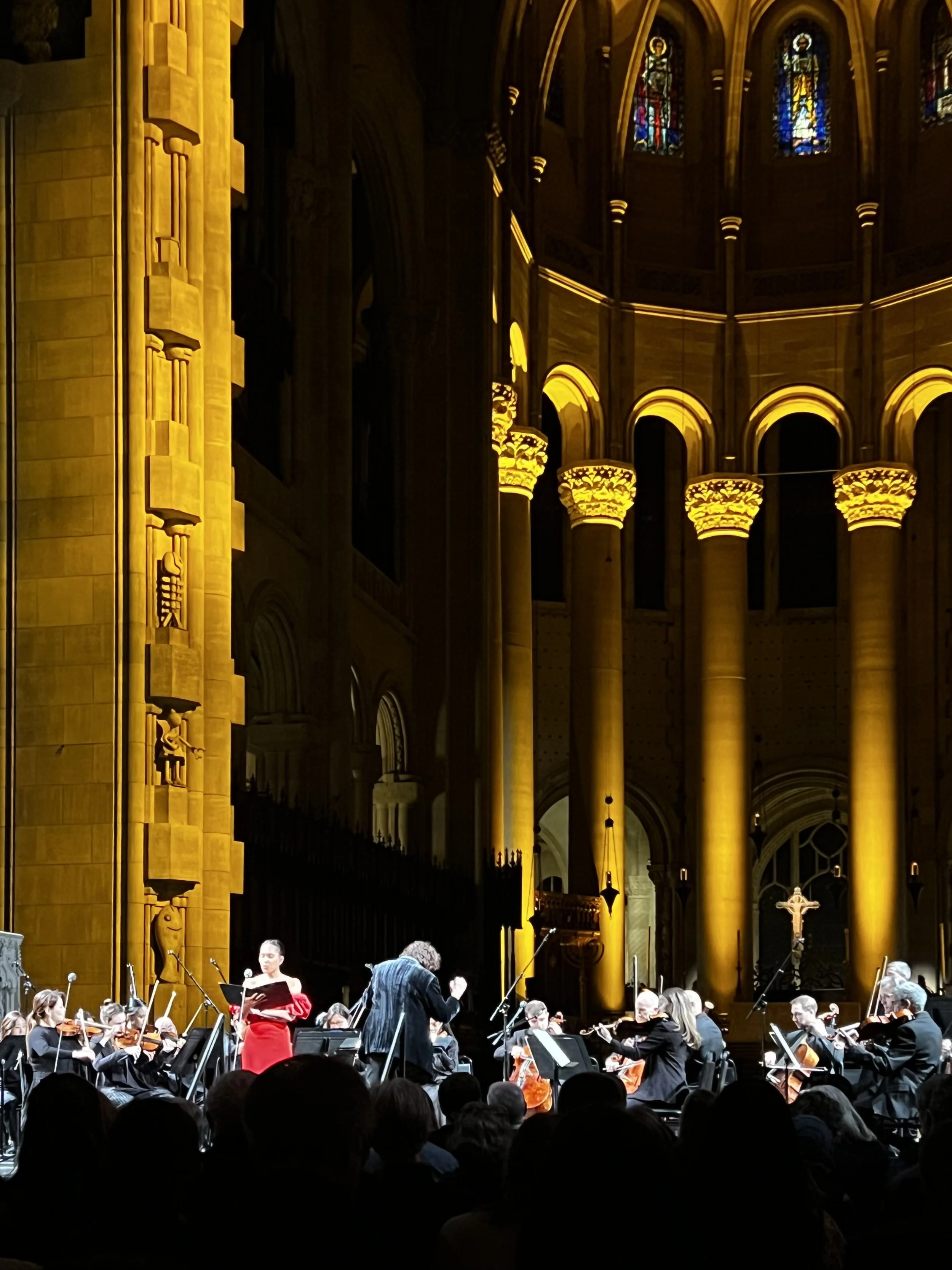Project AWE (Aesthetics of Western Esotericism) is a non-profit 501(c)3 organization that is dedicated to exploring connections between Western esotericism and the arts. AWE’s mission is threefold: interpreting the past—contributing to the present—shaping the future. AWE interprets the past by producing quality research on how the beliefs, ideas and philosophies of esoteric undercurrents such as Magic, Alchemy and Kabbalah can help us fully appreciate the cultural icons of Western European heritage. AWE contributes to the present by organizing exhibitions and performances and promoting visual, literary and musical arts that introduce new dimensions of aesthetic experience. AWE shapes the future by inspiring and supporting talented young artists as they transition into adulthood.
Founded in 2015 by artist and art historian Zhenya Gershman and historian John Slifko, AWE is a young, yet dynamic organization. Although the organization is based in Los Angeles, AWE’s team of scholars and other contributing members are located in countries around the world. Together they form a network of academic and independent researchers committed to seeking evidence that demonstrates the influence of esotericism throughout art history. Most of the team’s members work independently, but offer assistance to each other in the form of information, research advice and translations. Each member of AWE’s team contributes what they can to AWE’s diverse projects and activities, which include research, (academic) publications and conference presentations, public and private speaking engagements, a blog, guided museum tours, documentaries, art exhibitions, recitals, performances, workshops and coaching. Through these various media, AWE seeks to discover connections between esotericism, art, and academia. In doing so, AWE acts as a platform for interdisciplinary Arts and Humanities dialog that ascribes to the standards of academic institutions, while remaining accessible to the public. AWE welcomes collaborative opportunities and to date has created numerous successful joint programs with important cultural institutions in Greater Los Angeles area such as American Jewish University, Alliance Francaise de Los Angeles, Global Cinematography Institute, and the Los Angeles Scottish Rite.
At present, AWE’s primary focus is on interpreting the past by doing research on esotericism and the arts. Other than the diverse assortment of short essays that have been contributed to its blog by various members, AWE’s team has embarked on two major research projects. Both of these were initiated and led by AWE’s co-founder Zhenya Gershman. The first was a study of clues in the Dutch master Rembrandt van Rijn’s paintings which suggest that he was involved in Rosicrucian or proto-Masonic societies.[1] The second research project is a study of the esoteric symbolism in the German Renaissance master Albrecht Dürer’s famous engraving Melencolia §I.[2] These studies have yielded ground-breaking theories, which have been presented and received well at international academic conferences, and papers that have been or will be published in peer-reviewed journals. However, AWE strives to reach a wider audience than academic circles alone. Therefore, for other interested parties, the organization offers private and public lectures as well as guided museum tours based on content drawn from its research findings. AWE also has plans to produce documentaries and publish books to present its work to an even larger public. Other than research and the presentation thereof, Project AWE also contributes to the present by organizing and promoting art exhibitions, recitals and performances. Such expositions are arranged to display the work of AWE’s own more artistically-inclined members as well as other talented persons whose artworks express an aesthetic that is related to the organization’s mission.
This is also the case with AWE’s Young Artist Program (Y.A.P.). Over the past years, AWE has helped shape the future by mentoring and guiding several talented teenagers to artistic maturity with art history education, painting workshops and one-on-one coaching. Y.A.P. has produced a few success stories. In part due to AWE’s support, its latest graduate was even admitted to a prestigious art school with a full scholarship. AWE’s team hopes to eventually receive enough funding to expand this program so that more talented young artists can participate in it. In addition to this, the organization hopes to develop a curriculum that draws inspiration from its latest research on art and esotericism.
AWE has many exciting prospects for its continued growth and development. Although it was established recently, AWE has already gained recognition from respected academic scholars in the field of Western esotericism. This is partly because it is one of the only organizations devoted primarily to researching connections between Western esotericism and the arts, and partly due to the increased interest in esotericism in recent decades. More than this, however, it is due to AWE’s far-reaching research findings. One may easily argue that AWE’s discoveries could not have been made without its team’s ability to think outside the box and ask questions that were considered to be answered long ago. The fact that AWE is non-profit organization is highly conducive to this innovative approach. Contributors to AWE enjoy freedom to explore cutting-edge theories. AWE’s pending publications demonstrate how beneficial this freedom is for research in this field.
[1] This study was published in Boston University’s journal of humanities and the classics Arion (21.3 Winter 2014) as ‘Rembrandt: Turn of the Key’, and presented at the World Conference on Fraternalism, Freemasonry and History: Research on Ritual, History and Civil Society in Paris at the Bibliothèque Nationale. A related essay, also written by Zhenya Gershman was published in Getting the Third Degree: Fraternalism Freemasonry and History as “Rembrandt’s Secret”.
[2] A presentation on this study was given at the Sixth Annual ESSWE Conference: Western Esotericism and Deviance in Erfurt this past June. As a result of this research project Dürer’s Enigma: A Kabbalistic Revelation in Melencolia §I paper was published by Brill's Journal Aries 18.2.


